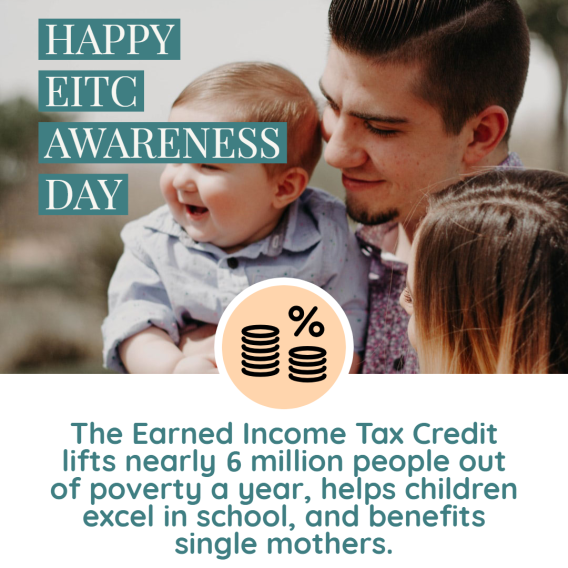By Jose Vazquez, 2023 Get It Back Campaign Intern
Use of Buy Now, Pay Later (BNPL) loans is increasing. Once only available through certain websites, now they may be offered at your favorite retail stores. While these loans have some advantages like being convenient and interest-free, it’s important to know about potential risks (such as data privacy and fees) and how to protect yourself.
Click on any of the following links to jump to a section:
- What is Buy Now, Pay Later (BNPL)?
- Why is Buy Now, Pay Later so popular?
- What are the risks of Buy Now, Pay Later?
- How to best use Buy Now, Pay Later
- Resources
What is Buy Now, Pay Later (BNPL)
Buy Now, Pay Later (BNPL) allows people to pay for purchases over time while receiving the items or services immediately. BNPL is a loan. It has its roots in the “layaway” plan. With layaway, shoppers could pay for a purchase over several weeks or months if they didn’t have enough money to buy it up front. Once the item was paid in full, the store would give the shopper the item.
Buy Now, Pay Later works like layaway by dividing the cost of the purchase into smaller, equal payments (usually four) with the first one due at checkout. The difference between BNPL and a traditional layaway plan is that you can get the product after you make the first payment. The rest of the payments are made through the loan company’s app.
BNPL first started around the early 2010s and grew in 2021. It is now available for many types of purchases, including retail, healthcare, gas, and flights.
Why is Buy Now, Pay Later so popular?
There are several reasons why someone may think about using BNPL.
One of the benefits of BNPL is that the payment plans are usually interest free. This means that the cost of a BNPL loan is the same as the original price of the purchase if you do not miss any payments. This is especially helpful when considering alternatives like other loans or credit cards that have high interest rates.
BNPL plans are convenient. Since BNPL allows people to pay for purchases over time, you can plan your spending to stay within your budget and still receive the items you need. BNPL can also help pay for emergency expenses that are too large to cover at once.
Finally, applying for a BNPL loan is very fast – you are usually approved or denied in seconds. Applying for BNPL loans does not run a hard inquiry on your credit. This is helpful if you need your credit score to stay the same (e.g., you are applying for a car or home loan soon.)
What are the risks of Buy Now, Pay Later?
With all the benefits of BNPL, it is important to consider five possible risks.
- Fees. It is important to check if your BNPL loan has any fees. While most BNPL loans do not charge interest, many companies do charge late fees. These fees range from a couple of dollars to as much as 25 percent of the loan amount. When you check for the fees, know that some loans do not clearly share fee info. Some companies also add a purchasing fee for using their loans. And while many BNPL loans do not charge interest, several apps offer longer term loans that do.
- Credit reporting. BNPL loans are included in your credit reports from the three major credit bureaus – Experian, Equifax and TransUnion. However, credit bureaus do not factor BNPL loans into credit scores. This means that if you make your payments on time, you don’t benefit since your credit score will not increase. Likewise, if you miss a payment, it will not lower your credit score. The Consumer Financial Protection Bureau warns that if you don’t repay your BNPL loan and it is turned over to debt collection, that debt collector could report the missed payment which could lower your credit score.
- Data protection. Since BNPL is a newer product, some consumer protections and regulations are still not in place. Some BNPL customers have reported fraud (unauthorized purchases, identity theft, etc.). Also, there are reports that several companies gather more than identification info (such as internet browsing history, contacts and text messages) and do not share everything they collect or how they use it.
- Return policies. It may be harder to return a BNPL purchase that doesn’t work out because BNPL companies don’t have the same rights to dispute items or services purchased that credits card have. Some companies will make you continue to pay for a purchase while you are returning or disputing the item. Others limit your ability to question a charge if you bought something but didn’t receive it. The success of a return will depend on both the retailer’s policies and the BNPL policies.
- Overspending. Although BNPL may be convenient, it can quickly lead to spending beyond your budget. A survey found that nearly 70% of respondents expressed that they spent more than they would have if they had to pay for their purchase upfront.
How to be best use Buy Now, Pay Later
Here are some tips to safely use BNPL loans.
- Review the terms and conditions. Before signing on to a BNPL loan, read the terms and conditions for the fee policy, interest rates, and return policy. These are common concerns for buyers that often lead to issues later. Also, review the payment schedule. BNPL loans can have payments due as often as every two weeks – differing from the traditional monthly cycle – which can leave people unprepared and cause them to make late payments.
- Make a budget for BNPL payments. Tracking the amount and due dates for payments is extremely important when using BNPL loans. Multiple BNPL loans (with different payment dates) can quickly add up and commit you to paying more than you originally planned.
- Choose how to best use BNPL. Carefully think about your needs and all resources available before getting a BNPL loan. Using BNPL loans on one or two purchases or in an emergency could help you maintain your budget without overspending. However, using BNPL loans for smaller, regular purchases like gas or groceries, could push you into a cycle of debt.
- Pay on time and in full. Many BNPL loans allow you to sign up for automatic payments that will take money out of your account on a specific day. If you do this, mark the date in your calendar and make sure that there is enough money in your account so you can avoid overdraft or non-sufficient funds fees from the company and your bank. Do your best to pay in full to avoid being charged fees and to prevent your credit score from lowering if your loan is sent to a debt collector.
Resources
- Tips on handling BNPL returns – California Department of Financial Protection & Innovation
- Buy Now, Pay Later apps vs. credit cards: the pros and cons (VIDEO) – Wall Street Journal
- Buy Now Pay Later plans: Tips to avoid the pitfalls – U.S. Personal Interest Research Group (PIRG) Education Fund






